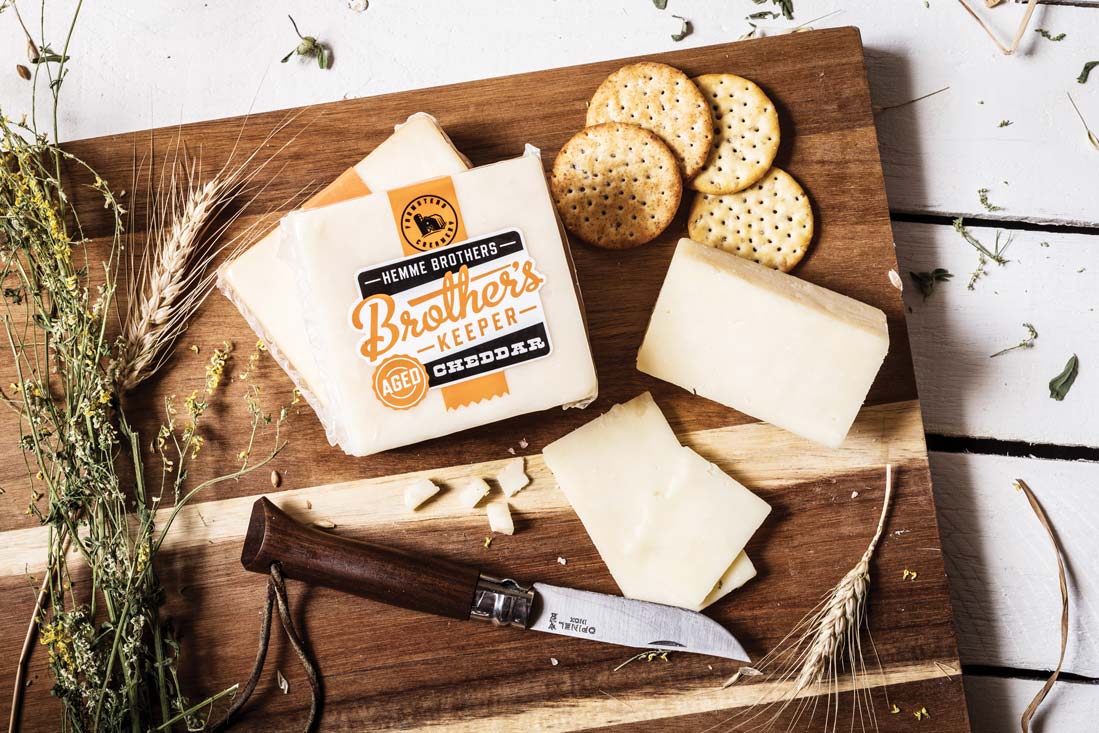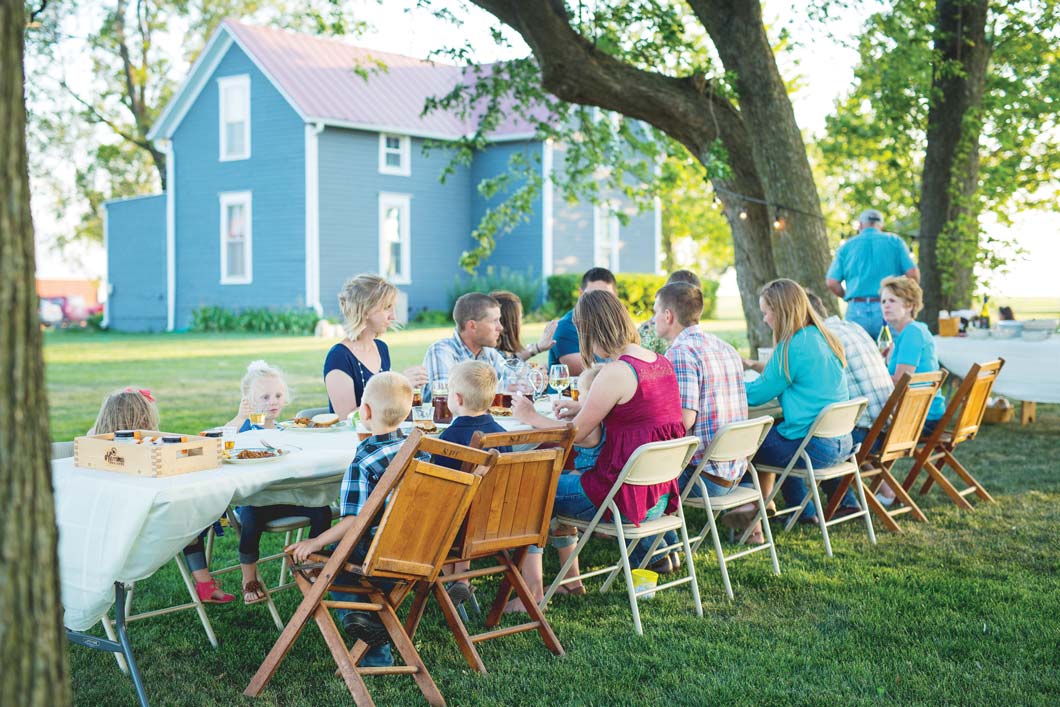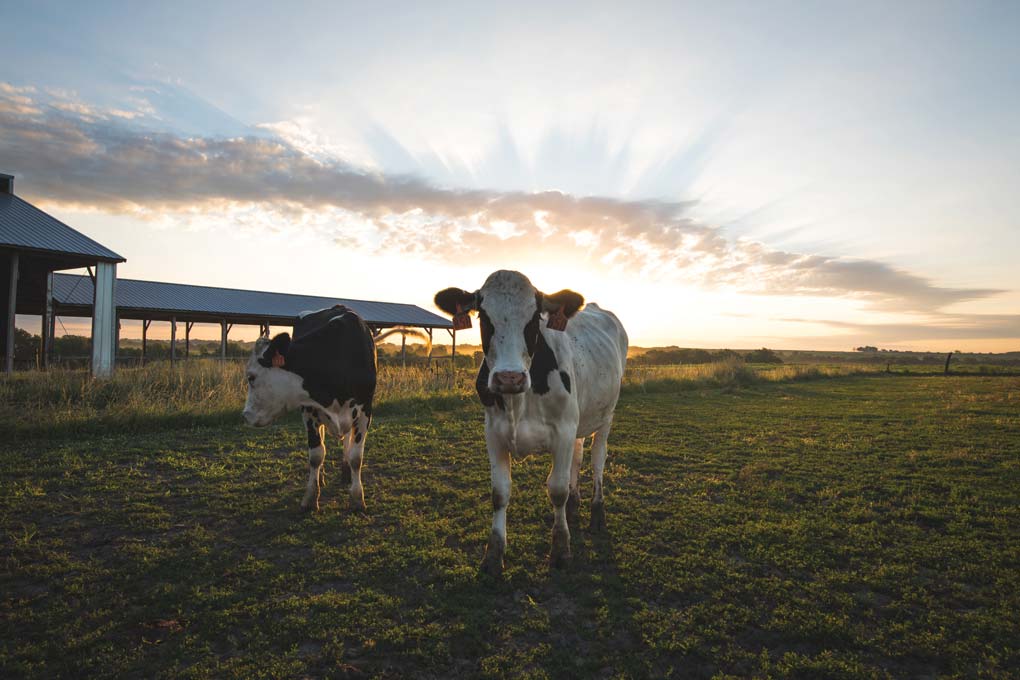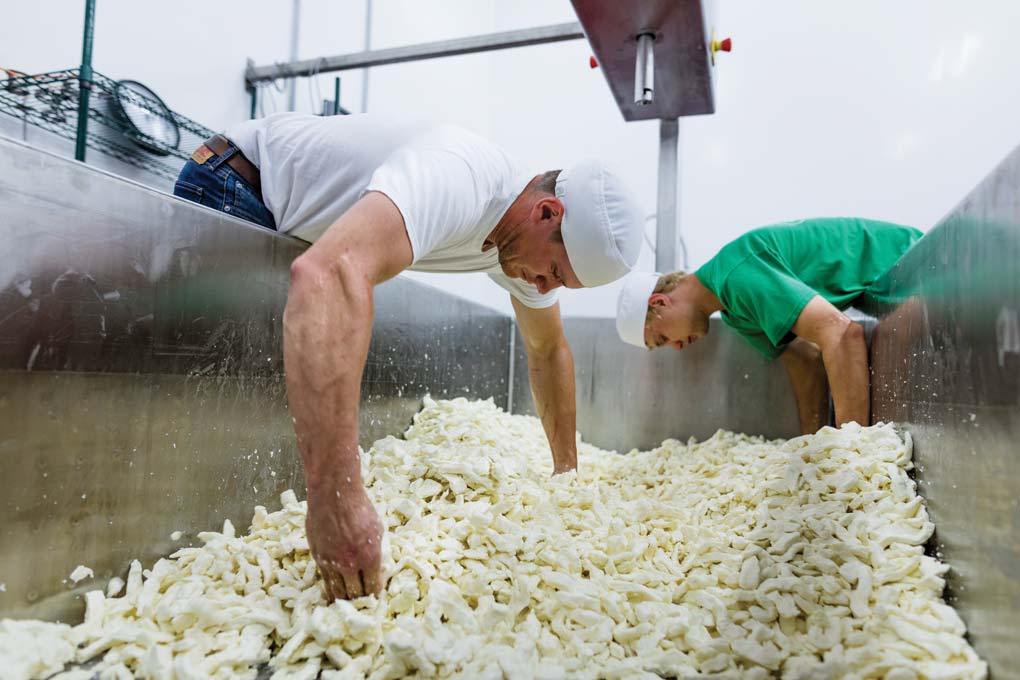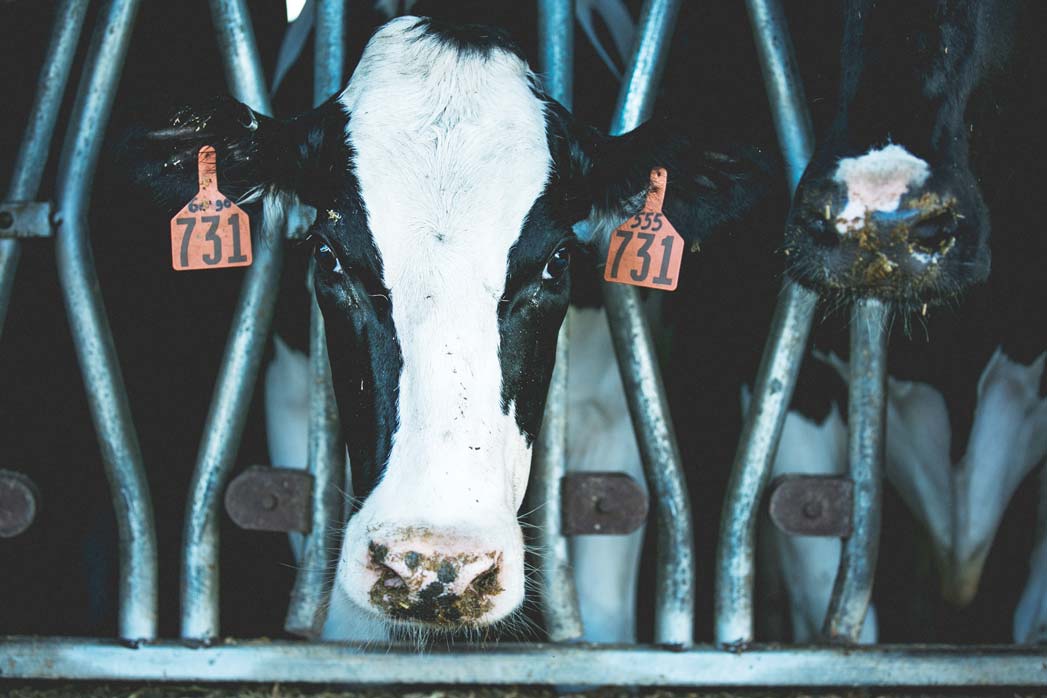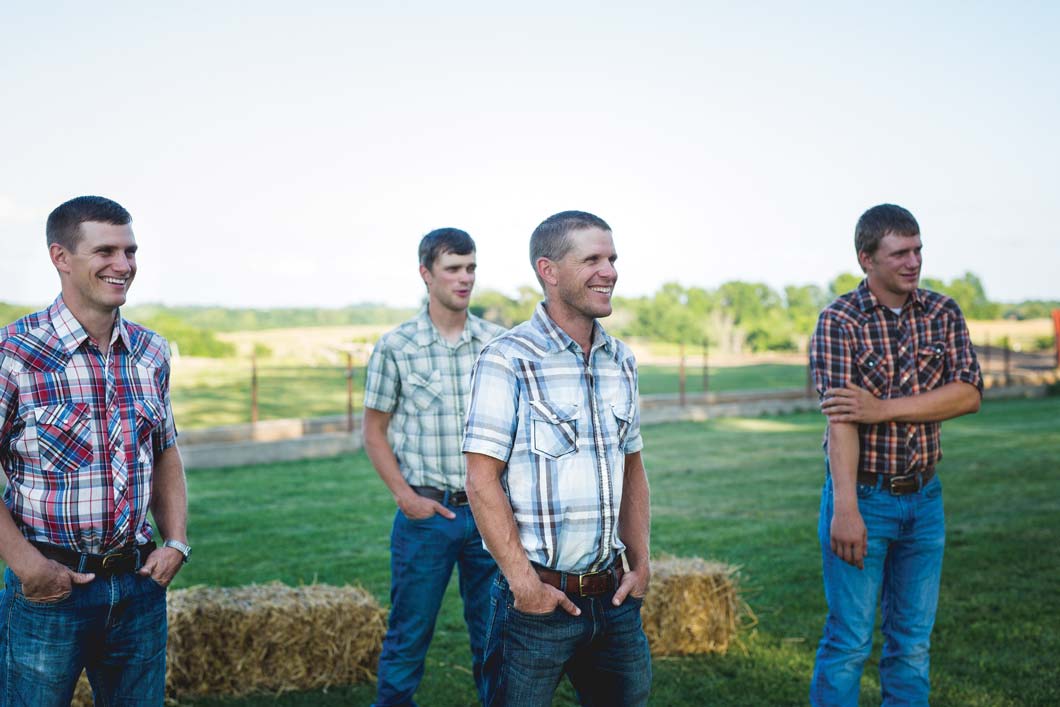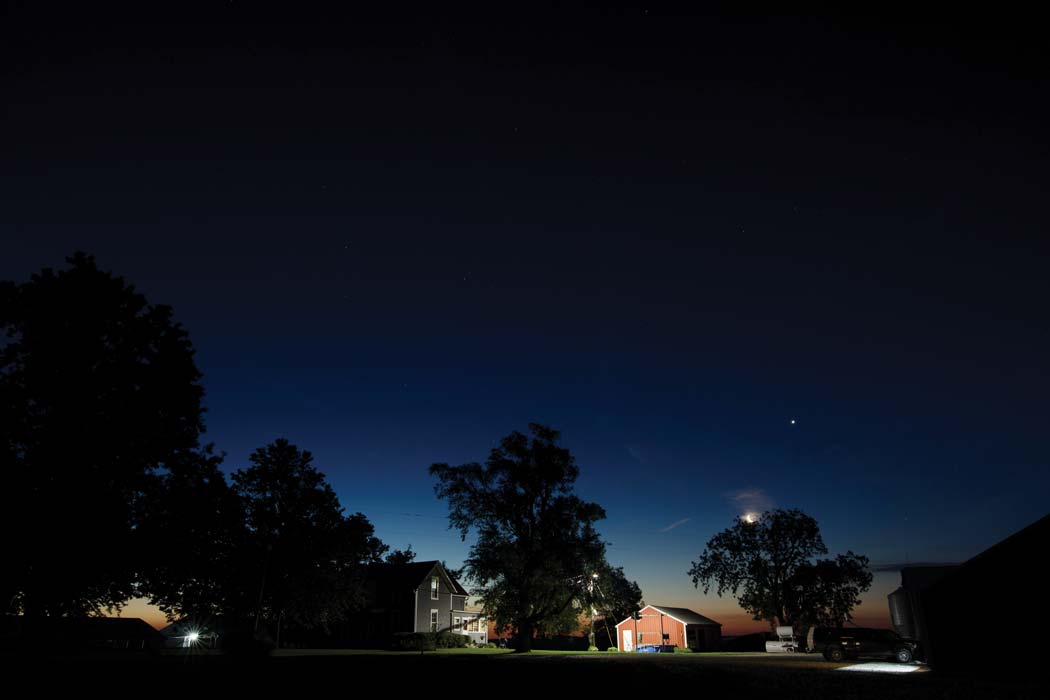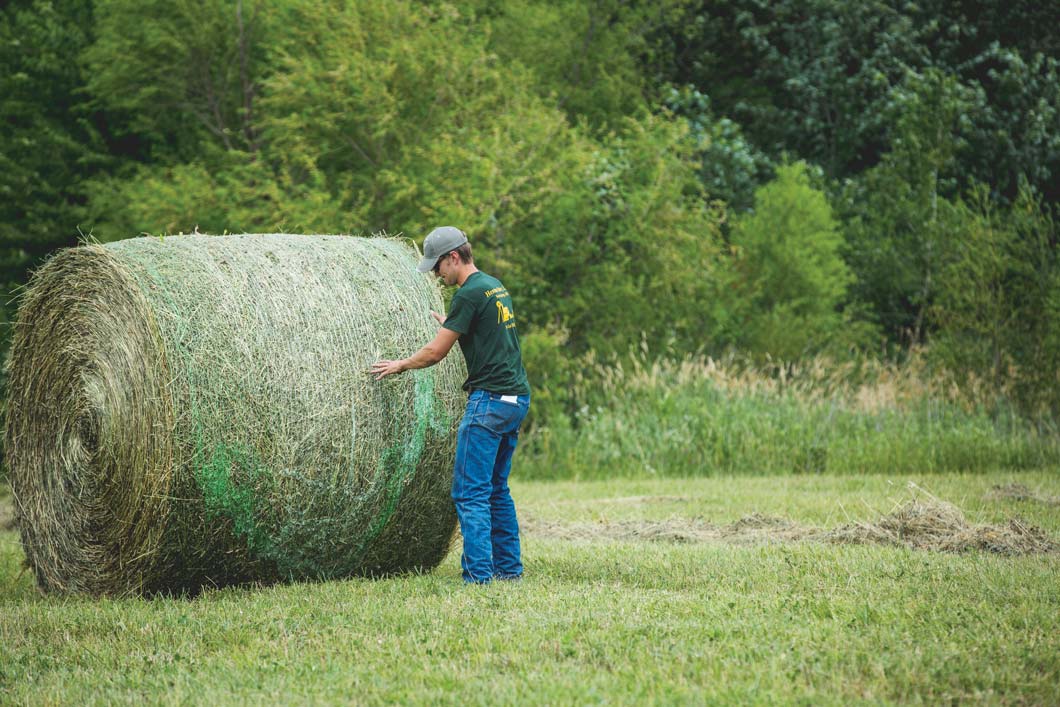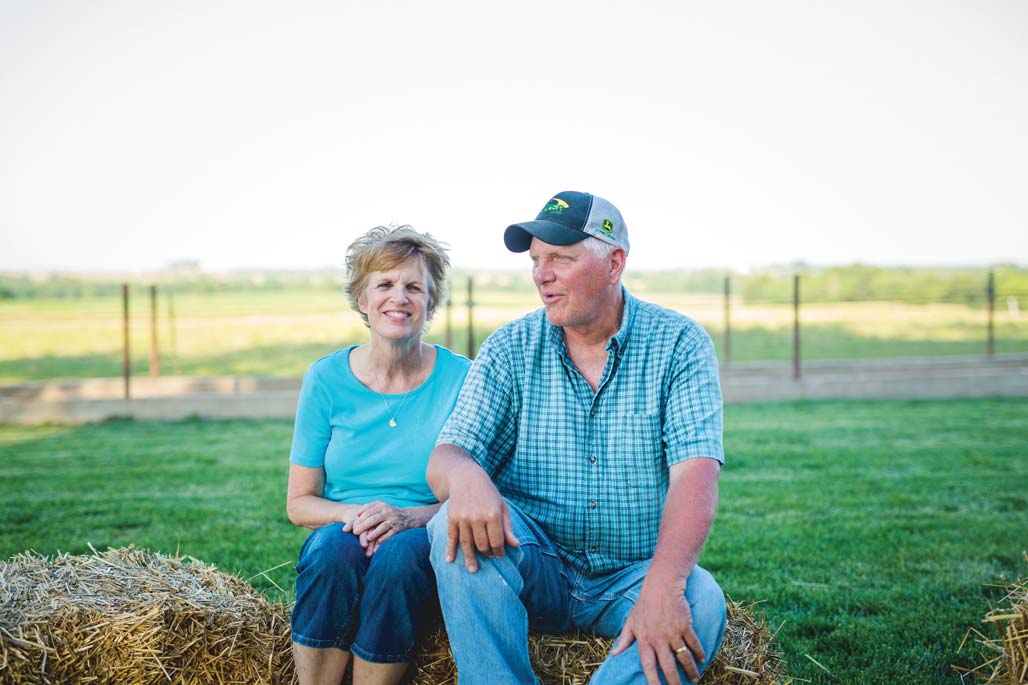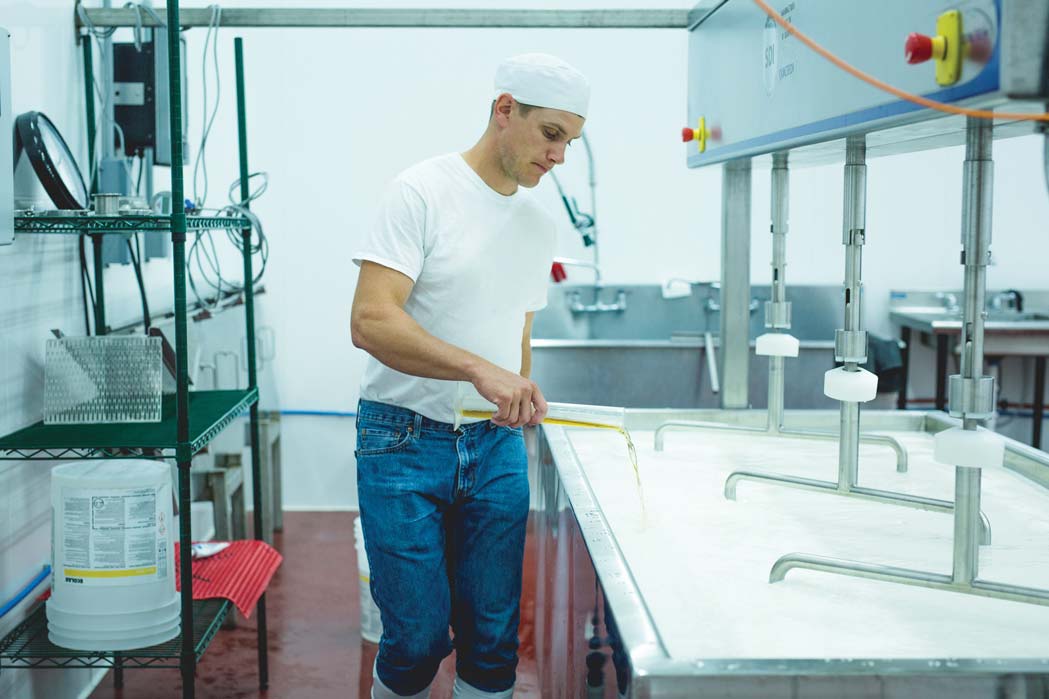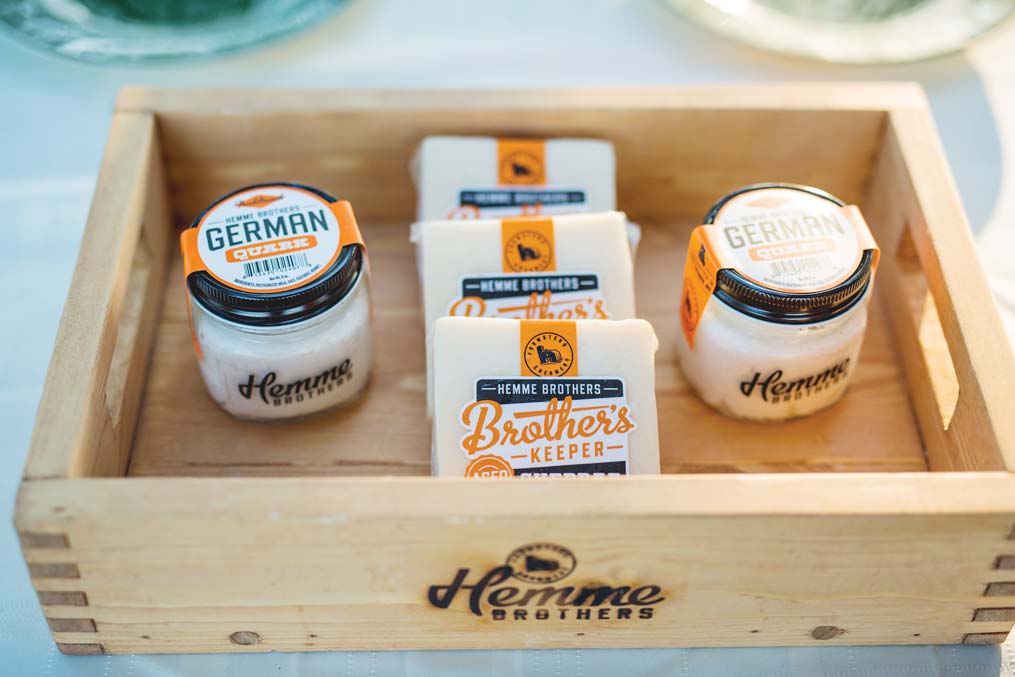Flanked by fields and barns at the end of a country lane, David and Janet Hemme’s well-kept, turn-of-the-century home in Saline County is still at the heart of the 180 acres they purchased in 1987, not far from a compost barn sheltering a herd of 150 milking cows.
Besides a new outbuilding, locals driving past may not notice anything new at the dairy, a familiar landmark on the gravel road just north of Sweet Springs and one of many long-standing farms in the community.
For more than a year, though, David and his four sons—Jon, 33, Nathan, 31, Michael, 28, and Aaron, 23—have been turning milk into handcrafted artisanal cheese in that outbuilding, which now serves as the headquarters of Hemme Brothers Farmstead Creamery.
As urban foodies sample the creamery’s aged cheddar, cheese curds, and German quark at specialty shops and area farmers’ markets, the Hemmes are finding early success in an agricultural niche they hope will keep their family farm thriving for future generations.
They’re selling three times as much cheese as they expected to sell when the creamery opened in 2016. Last summer, Hemme Brothers quark—a soft-spread cheese with the tang of yogurt—won a first-place award at the American Cheese Society’s national competition in Denver.
The Hemme family’s creamery is the very essence of the farm-totable movement. They feed their dairy cows with crops grown on the family’s acreage. Then, they make cheese out of the milk from the cows.
Their plan is simple, says Nathan, the creamery’s manager. “As the business continues to grow and as the market tells us to make more cheese, we make more cheese.”
As he explains this, he stands over a gleaming stainless-steel cheese vat in a spotless white room. When the creamery opened, the Hemmes made one batch of cheese every other week. Now, they pump 3,000 pounds of fresh milk from a bulk tank for a new batch of cheese three to four times a week, Nathan says.
“It’s a start,” he says.
The Hemmes have milked cows since the mid-1990s, but making cheese is a new enterprise—and an uncommon one that puts them among only 18 cheese plants in the state, according to Sarah Alsager, communications director for the Missouri Department of Agriculture (MDA).
Missouri remains among the top half of milk-producing states, according to the MDA, yet US Department of Agriculture (USDA) dairy cow inventories also show that the number of milk cows on farms dropped by 60 percent from 1990 to 2014.
Boom to Bust
David and Janet had su.ered the sting of a sudden market change in the early 2000s—and they didn’t care to experience it again. As longtime hog farmers who also grew row crops, they lost about $300,000 in 18 months when corporate hog farms began to proliferate. The price of pork in the oversupplied market dropped precipitously before they were able to sell their hogs and make the transition to dairy farming.
“We had one (kid) in college, two in high school, two in elementary school,” says 59-year-old David Hemme. “That will make you right there scratch your head a little bit.” The children went on to become college graduates—all with College of the Ozarks degrees—except Aaron, who studied animal nutrition at Northwest Missouri State University.
When the market changed again a few years ago, the Hemmes knew it was time for another gear switch. The family needed “to get more creative than just milking cows,” Nathan says.
Nathan took a University of Wisconsin-River Falls cheesemaking course after the family decided income from the dairy alone couldn’t support the Hemme sons—all farmers—and their families. The Hemmes’ only daughter, Elizabeth Giord, is a social worker living in nearby Concordia.
The Hemme family has lived and farmed in the same township north of Sweet Springs since 1848, Nathan says. “We’re deeply rooted here, and it’s what our family has always done,” he says. The farm of David’s parents, Roy and Dolores Hemme, is about a decade shy of becoming a Missouri Century Farm.
Family Plan
Fortunately, the farm-to-table movement and agricultural grants that aid small family farms trying to compete with corporate producers came along just in time—as Nathan and Jon married and became fathers themselves, and as Michael and Aaron graduated from college and came back to the farm.
In 2014, a USDA Value Added Producer Grant provided the family with funds to expand the dairy into a creamery. The creamery is still secondary to the dairy itself, but the family hopes to eventually use all of the milk produced on the property in cheese making rather than selling milk.
“It seems the general public is wanting to know where their food comes from,” Nathan says of the farm-to-table movement. “They just want to know it’s not coming from some large corporation—even though those large corporations are owned by small dairy farmers like us, but a lot of people just don’t know that.”
The Hemmes are proud of their free-range cows that give milk without bovine growth hormone injections and their eco-friendly compost barn. The family members enjoy sharing their process with consumers at places such as the Columbia Farmers Market. Often, customers wonder why the Hemmes’ natural cheddar is the color of cream and not a golden orange like the dyed-for-consistency brands found at the supermarket. “People want that kind of relationship with their food, with their farmer,” Nathan says.
The family has benefited from the advice of St. Louis cheese consultant Neville McNaughton—a former New Zealand cheese maker known as “Dr. Cheese”—and the marketing expertise of Kansas City firm Sullivan Higdon & Sink, creators of the creamery’s hip orange-and-black logo and labels.
“There’s a lot to learn beyond farming,” Nathan says. Each of the brothers brings his own agricultural and business expertise to the farm, yet they also say marketing their products has posed new challenges.
Nathan could be up to his sanitized elbows in cheese curds early in the morning, then ordering labels in the afternoon before he and his wife, Ashley, gather their three young children from day care and school and head home to their own farm near Emma.
“It’s still kind of hard to wrap your mind around right now,” says Jon, a father of two who grows row crops at his Emma farm and helps brothers Michael and Aaron raise and care for the heifers. “It’s just so new.”
But, as their father points out, life is change.
“Every morning for 40 years, I walked out of the house with a pair of pliers on my belt,” David says, referring to the simple, all-purpose tool of many a farmer. Now, he’s just as likely to rely on his sales skills, whether setting up booths at festivals or delivering products to retailers in Sweet Springs, Hermann, Kansas City, Lee’s Summit, and Columbia (see where to find the products at HemmeBrothers.com).
Meanwhile, the hard work of farming hasn’t gotten easier. Cows still must be milked at 5 AM and 5 PM. Their classic John Deere tractors don’t fix themselves. The job of handtossing cheese curds, Nathan says, is the backbreaking part of what he does on cheese-making days, which begin as early as 3:30 AM.
Agricultural experts say making specialty products such as artisanal cheese can help small family farms survive in today’s economy.
For the Hemmes, though, the true value-added product may be the chance to work and live closely together in the years ahead.
David admits he’d still much rather be hauling corn to market instead of cheese, but when he turns around at their Lutheran church on Sunday to see all five of his children, their spouses, and his and Janet’s six grandchildren behind him, he knows life is good.
“It’s a helluva lot of work,” he says, “but it’s amazing how far we’ve come.”
Related Posts
Farm to Table with Wayne Vanderwert
Wayne Vanderwert took up cooking for a simple reason. "I like to eat," he says.
The Doobie Brothers Donate $22,000 of Music Equipment to Van Buren High School
Jeff Chapman is in his first year teaching music at Van Buren but before he started teaching, he was a musician. “I started out playing in the same room I’m teaching in,” he says. After graduating from Van Buren High School and briefly playing in his father’s bluegrass band, Jeff spent a few decades on the road with touring bands.

